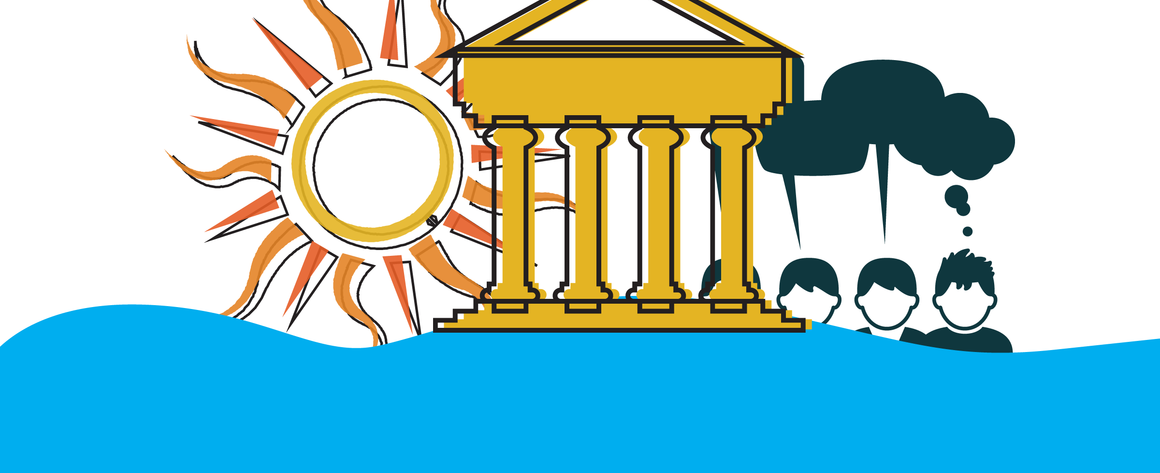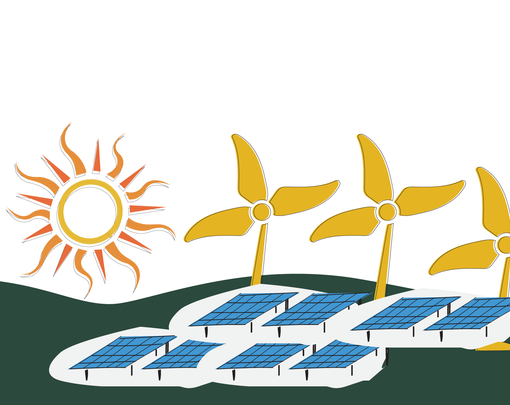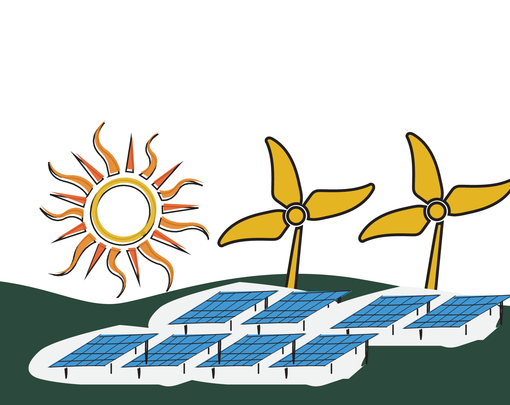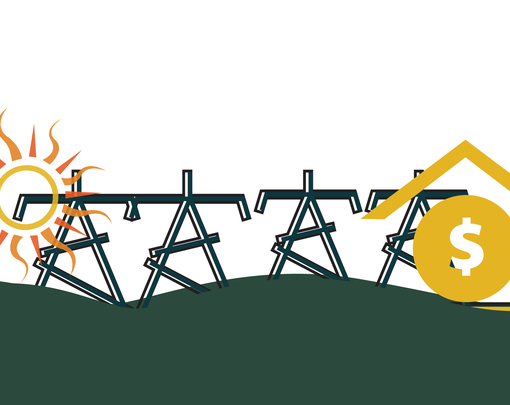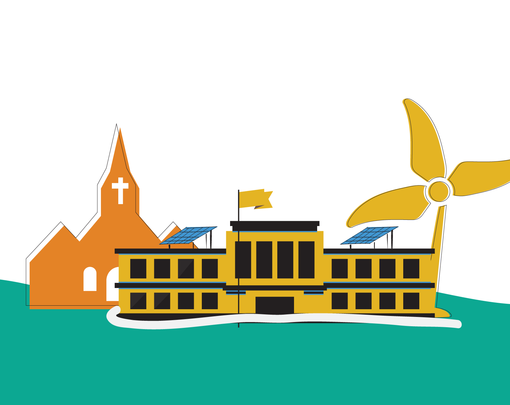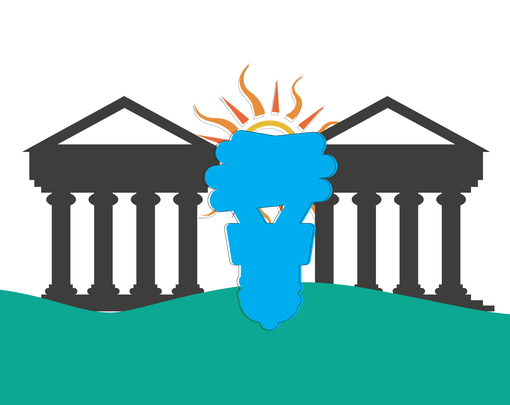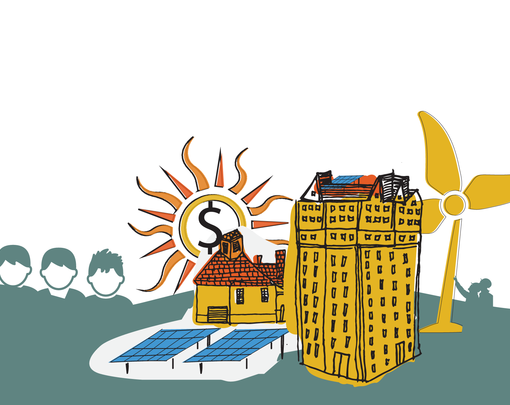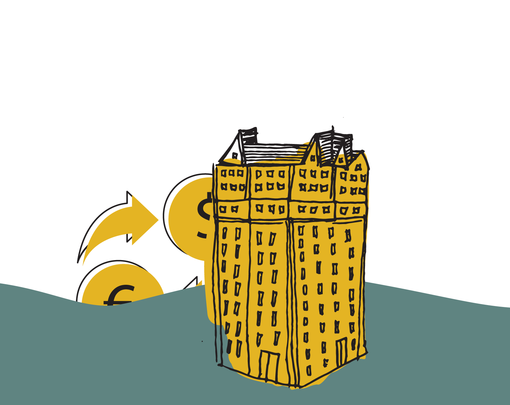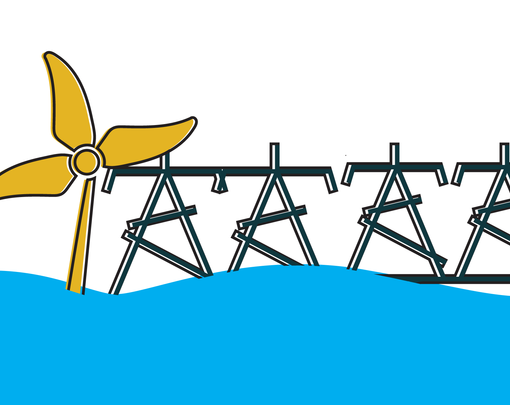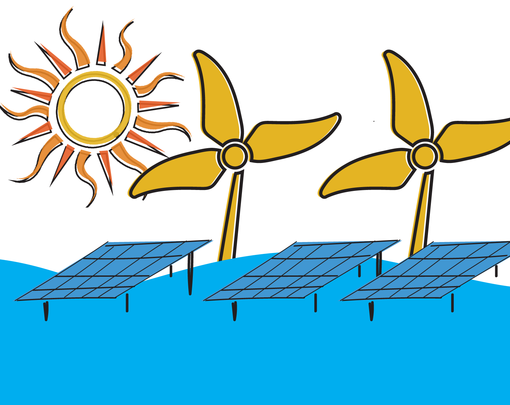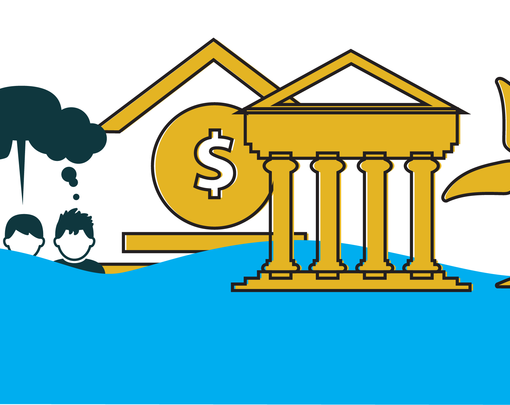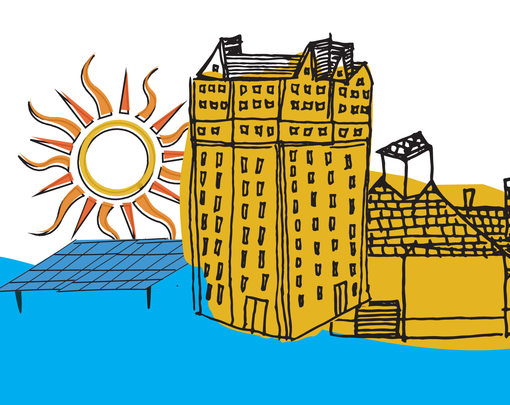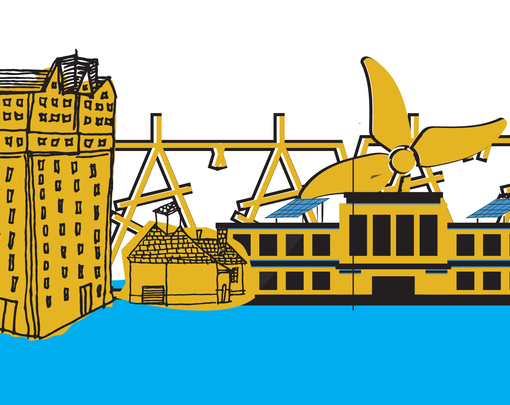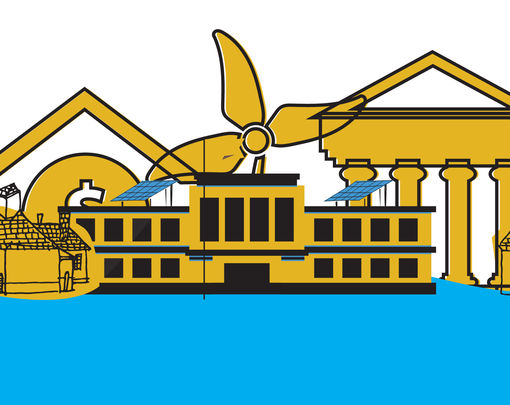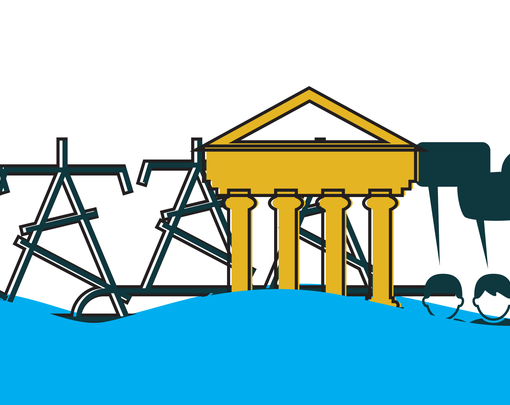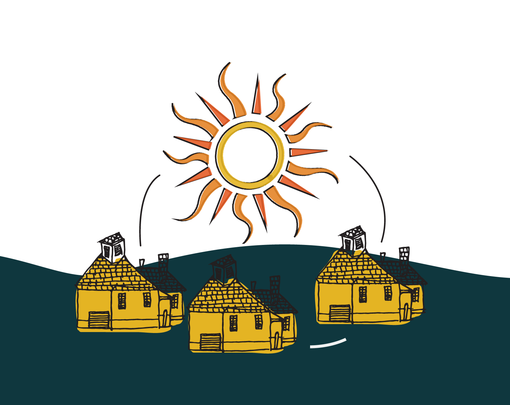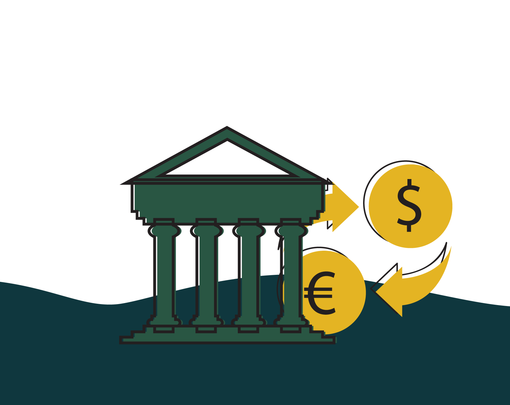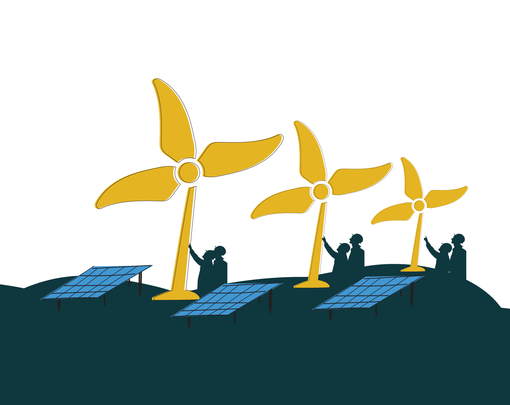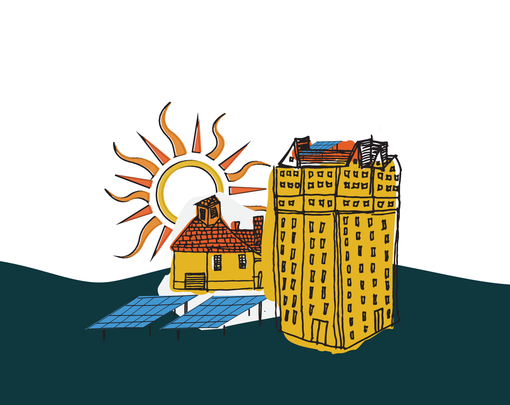Developing the structures and processes that ensure the communities affected by dirty energy production get a real say in what the path to clean power looks like.
Policy Support:
Funding and technical assistance for local planning efforts; effective use of existing mandates for low-income community input in policies like the Clean Power Plan.
Build Capacity?
Yes, if done right. Participatory planning processes offer chances to educate and engage communities on key issues and to establish the precedents and capacities for meaningful popular participation in decision making. More participation can in turn lead communities to be more invested in new green energy policies.
Risk & Drawbacks?
Toothless, nonbinding stakeholder processes can serve as public relation exercises that develop no real decision making capacity at the community level, and which diminish future expectations around the results of participation.
Inspiring Examples:
Faced with intransigence from their state government on the implementation of the federal Clean Power Plan, Kentuckians for the Commonwealth helped build a popular consultation and planning process to collectively imagine a post-coal future for Appalachia. While not officially sanctioned, such processes can nevertheless help organize and mobilize communities.
